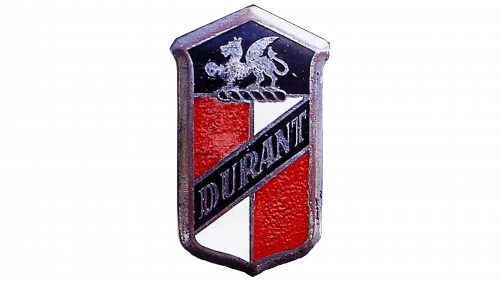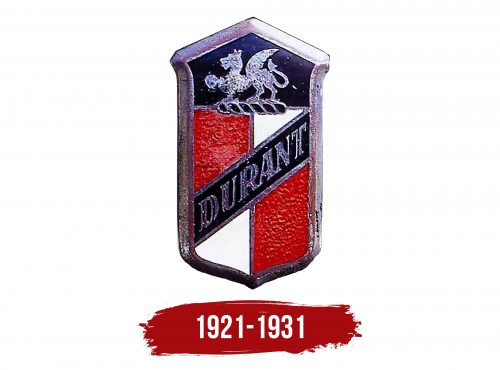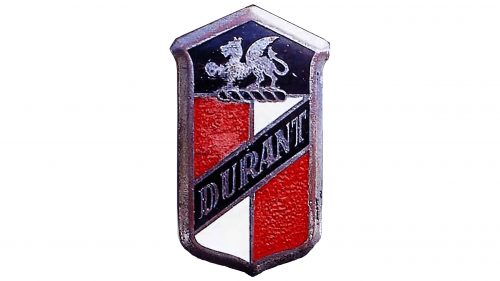The Durant Motors logo embodies a dragon’s power and serves the homeland’s glory. The emblem promises high-quality cars that will rise above existing ones and proudly represent Michigan worldwide.
Durant Motors: Brand overview
William C. Durant’s brainchild, Durant Motors Inc., was born in Lansing, Michigan, in 1921. The venture was Durant’s ambitious rebirth after he departed from General Motors in 1910. His intent was clear: he sought to create a new automobile giant that could compete with General Motors.
Durant Motors brought many brands to market during its formative years in the early 1920s. Flint, Star, Rugby, and Mason Truck are famous brands under the company’s banner. These brands mainly targeted the middle segment, emphasizing mass production.
By 1924, the company expanded its horizons by acquiring Frontenac Motor Corporation. This move brought Durant Motors into the luxury car segment, expanding its offerings beyond the middle market. Three years later, in 1927, Durant Motors reached its zenith, producing more than 35,000 cars under various brands. This achievement placed the company among the leading automakers in the United States.
However, the late 1920s brought unforeseen difficulties. The Great Depression of 1929 dealt a serious blow to the automobile market. Sales plummeted, forcing Durant Motors to bid farewell to its underperforming brands. The company’s decline continued, and by 1931, the economic difficulties proved insurmountable. Durant Motors was threatened with bankruptcy, which led to the sale of its assets to pay off debts. Durant Motors ceased to exist after an impressive but short-lived run of over a decade.
William Durant subsequently re-entered the automobile industry by founding Durant Motors of Delaware. By the 1930s, however, he had decided to distance himself from the automotive world, marking his retirement.
Meaning and History
What is Durant Motors?
It is an American automobile manufacturer founded by William C. Durant, co-founder of General Motors. The company produced several automobiles under various brands, including Durant, Star, Flint, and Locomobile. Known for offering affordable and reliable cars with advanced features for its time, the company competed with other major automakers. Despite its success and diverse lineup, it ran into financial difficulties during the Great Depression and went out of business.
1921 – 1931
Durant Motors uses a dragon as its main symbol. This majestic creature, with its four bird-like legs, large webbed wings, long tail, and extended tongue, adds a sense of tradition and prestige to the brand. The dragon is shown in a heraldic style, standing out on a black background in the upper part of a shield, symbolizing strength and sophistication.
Below the dragon, “Durant Motors” is written in elegant italic font within a slanted parallelogram. This design choice suggests movement and dynamism. The shield is divided into four segments: two white and two red. The white represents purity and innovation, while the red represents passion and energy.
The heraldic dragon dominates the top of the logo, drawing attention and conveying power and legacy. The black background enhances this impression by providing a striking contrast. Heraldic elements connect the brand to historical depth and grandeur, positioning Durant Motors as a company with strong roots and a proud heritage.
The slanted parallelogram containing the company name adds a modern twist to the traditional shield layout. The italicized font for “Durant” adds elegance and fluidity, aligning with the brand’s image of producing refined and sophisticated cars. The white and red segments at the bottom of the shield offer a balanced visual appeal, representing innovation and passionate performance.
The Durant Motors logo communicates the brand’s core values and identity. The dragon highlights the brand’s strength and legacy, while the shield’s structure and colors underscore a commitment to quality and dynamic progress. This logo is a powerful visual statement, embodying Durant Motors’ ambition and excellence in the automotive industry.





